
If chancellor Philip Hammond was hoping the recurring nightmare of business rates would go away until Brexit was done and dusted, he’ll have to think again.
As rates bills for the new financial year from 1 April drop on to the doormats of around 1.8 million business properties across England and Wales - one of five of which is a retailer - many will be in for a shock as the revisions sink in.
So why is the latest overhaul so controversial? And given that the BRC has labelled business rates as a ‘success story’ (one of only three) on its website, is its successful lobbying of the government to blame?
Up and coming
It hasn’t helped that the last revaluation was seven years ago (it should take place every five years, but the government ducked the 2015 revaluation entirely). And because the rateable value is based on the vagaries of the rental market, factors entirely beyond your control such as new buildings, demolitions, vacancy rates and simply because your area is up and coming - even the (in)famous “Waitrose effect” - can lead to changes in rates that run into the thousands, regardless of how well your business is doing.
And it’s not just in London that unwelcome hikes have come into force. The 79 shopkeepers of Southwold in Suffolk, for example, will see their rateable value increase by over 150%, according to data compiled by CVS Business Rent & Rates Specialists, with other perhaps unexpected areas such as Blaenavon in Wales and Port Isaac in Cornwall also hit.
Although the government asserts these re-ratings are revenue-neutral and that for every Peter robbed a Paul is paid, there are some striking iniquities. For example, Valuation Office Agency data shows c-stores in Bromsgrove, Worcs, enjoying a 25% fall in rateable value, while just a few miles away in the Bushbury suburb of Wolverhampton, similar units are up by 74%.
Annual rate bills: after the reforms
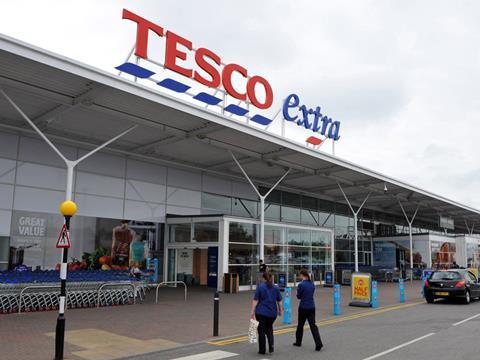
Food stores: +£15.2m
Large food stores: +£33m
Hypermarkets/superstores: -£40m
Retail warehouses and foodstores: +£7.5m
Source: CVS data from England and Wales
True, if you face an almighty hike the blow will be cushioned by transitional relief, but it won’t be coming out of the government’s pockets.
As rates partner Mike Flecknoe of property consultants Cushman & Wakefield points out, those benefiting from a fall in their rates bill will themselves be funding transitional relief - any fall in their rates will be capped until the corresponding limit on rate rises falls away.
“The sting in the tail is that for every winner there’s a loser - all the properties that are subject to a fall don’t get the full benefit because these transitional arrangements go both ways. You won’t get your full benefit for a number of years, and on top of that you’ve been overpaying on your rates bill for at least two years,” he says.
There is also limited scope to appeal. The government recently announced many appeals could be dismissed if rating assessments were deemed to be within the bounds of “reasonable professional judgement”. While the motivation is to reduce speculative appeals, the idea that a rating could almost arbitrarily be declared wrong but not wrong enough to fix hardly builds confidence in the system’s fairness.
Amazon and co
The elephant in the room, however, is online and out-of-town retailers that generate billions in sales from unfashionable, low-rent industrial parks and shopping centres, who will in April see their rates bill fall while some of their town-centre bricks-and-mortar competitors endure rate bill rises of up to 42%. As Sainsbury’s CEO Mike Coupe argued last month: “Businesses like ours with lots of property and employees face a bigger burden than others.”
This was the main concern raised by many retailers when the government initially consulted on a rates reform in 2015, a consultation Paul Turner-Mitchell of CVS Business Rent & Rates Specialists says has thus far resulted in little real action.
“They were tinkering around the edges without addressing the fundamental issues,” he says. “But the penny started to drop this year as people saw that the big online retailers and huge out-of-town superstores were seeing tax reductions while average shops were seeing an increase. That caused a great deal of anger and bewilderment, which has brought the issue back to the fore.”
It is little wonder the system doesn’t work. The legendary retail entrepreneur John Timpson likened it to the 17th century window tax, but in fact, the rates system predates the window tax by almost a century (introduced in 1601 and 1696 respectively).
And the system discourages investment in bricks-and-mortar retail business. If a retail business helps to improve an area, for example, it will drive up rents and thereby be penalised through a higher rates bill. Heaping unfairness on top of the financial hit is that consumers are drawn to live near good retail outlets, which drive up rents, which in turn drives up rates and in turn punishes the successful businesses that kicked it all off
James Lowman, CEO of the Association of Convenience Stores, says this problem must be addressed - not just for the sake of his members but for the health of the retail industry as a whole.
“This system increases rates every year without regard to how the economy [is performing]. These are perverse outcomes in that you have retailers whose businesses are not so property-intensive, and they’re paying very little compared to high streets. And yet we say we want to support the high street.”
So should the BRC be held accountable? At the time it triumphantly proclaimed its lobbying a “success”, claiming credit for the extension of small business rates relief in the form of an increase in the threshold for the “multiplier” - the factor by which your rateable value is multiplied to get to your actual rates bill - to £51,000 of rateable value, which means any business valued below this won’t pay the supplement.
It also persuaded the government to peg rates to the Consumer Price Index from 2020 as opposed to the outmoded Retail Price Index (RPI), which leads to larger increases.
Bite the bullet
But nothing has fixed the fundamental flaws in the system. The BRC says it is still fighting for a full-scale reform and holding regular meetings with ministers, MPs and officials. “The system under which [UK] rates are the highest in the G7 and have risen from a third of rental value in 1990 to half today is not financially sustainable,” says BRC CEO Helen Dickinson, sounding a lot more bellicose.
“Now is the time to bite the bullet and lay a path to a truly sustainable system”
“Now is the time to bite the bullet and for government to lay a path to a truly sustainable system.”
These strong words have so far have resulted in little action. One anonymous source believes it may be down to the make-up of the BRC membership. “It receives a large amount of funding from the big four, who may get substantial tax cuts on superstores, and it represents the big online retailers, too.”
The BRC firmly denies a skew towards larger retailers and says the argument for reform is “far bigger than individual companies”, which indeed may be true considering companies such as Sainsbury’s will lose out under the revaluation.
And the source concedes it is ultimately down to the government.
“Could the government do more? Yes, but have they the money or the will to do more? That’s the burning question.”
It’s a question that will determine the future of our high streets.




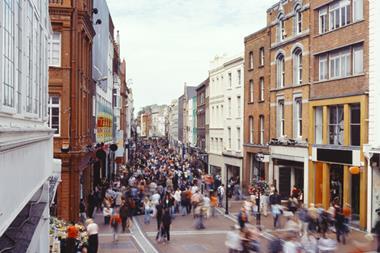
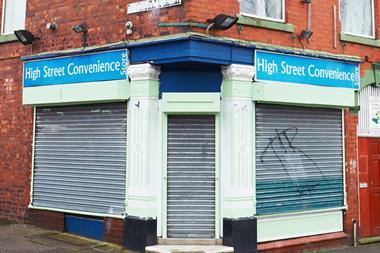

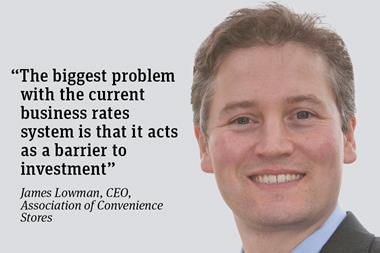






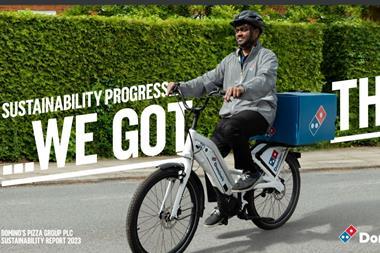
No comments yet